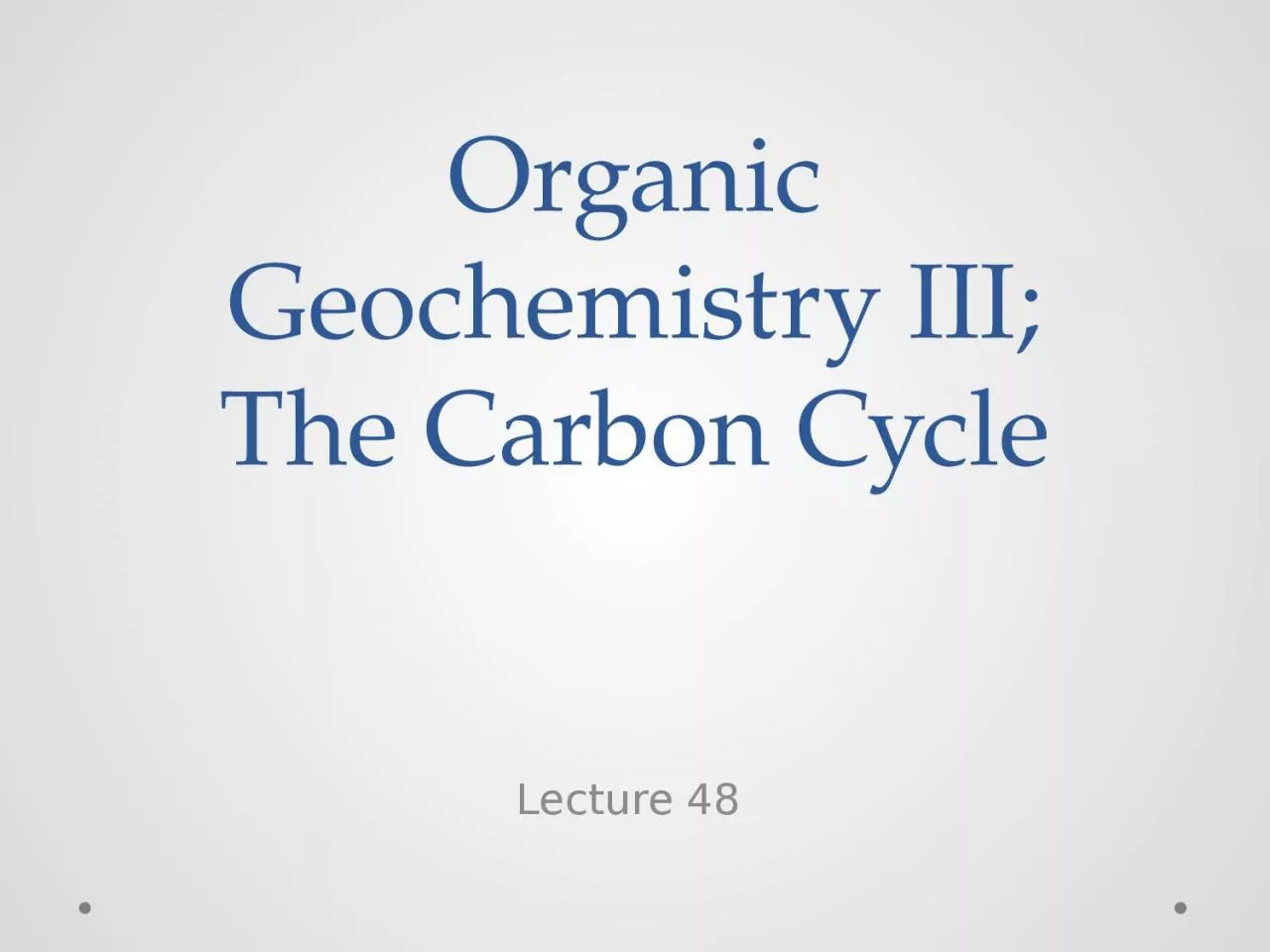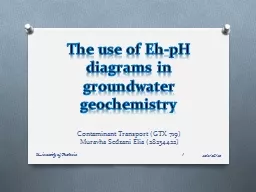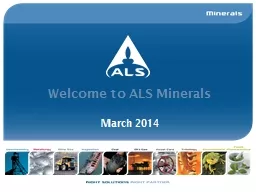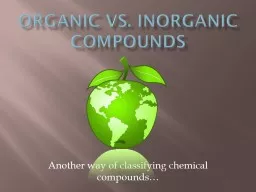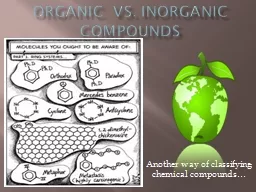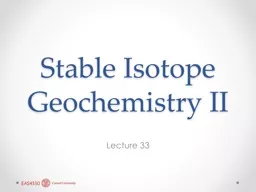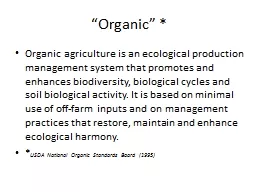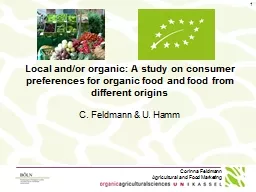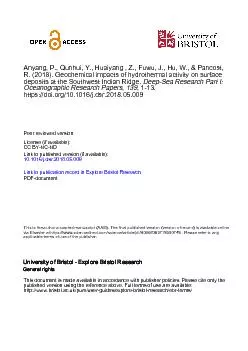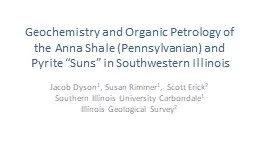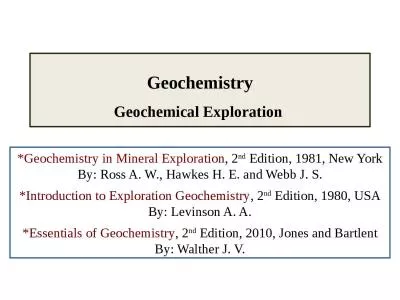PPT-Organic Geochemistry III;
Author : blanko | Published Date : 2023-10-25
The Carbon Cycle Lecture 48 Biomarkers Effects of Thermal Maturation Nearly all living organisms have amino acids in the L configuration Other biomolecules also
Presentation Embed Code
Download Presentation
Download Presentation The PPT/PDF document "Organic Geochemistry III;" is the property of its rightful owner. Permission is granted to download and print the materials on this website for personal, non-commercial use only, and to display it on your personal computer provided you do not modify the materials and that you retain all copyright notices contained in the materials. By downloading content from our website, you accept the terms of this agreement.
Organic Geochemistry III;: Transcript
Download Rules Of Document
"Organic Geochemistry III;"The content belongs to its owner. You may download and print it for personal use, without modification, and keep all copyright notices. By downloading, you agree to these terms.
Related Documents

